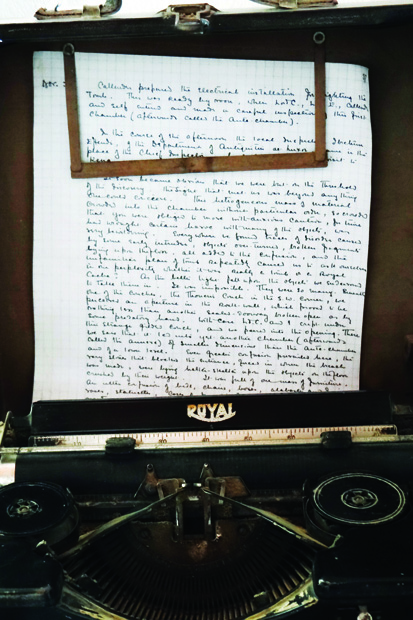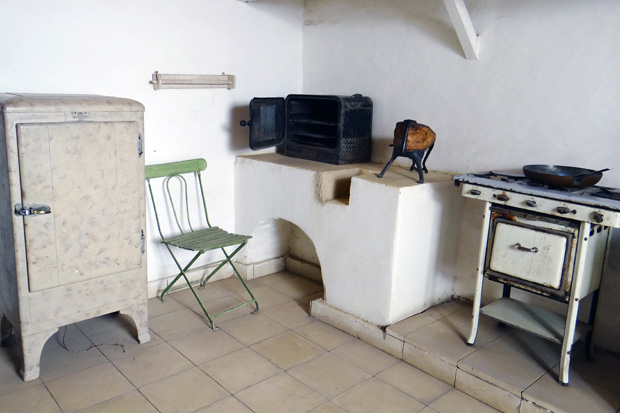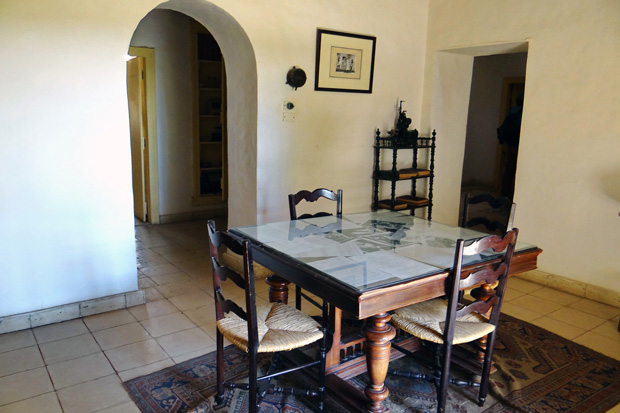With recent news confirming there’s more to Tutankhamun’s tomb than previously thought, we visit Howard Carter's house to see where he worked on one of modern history's biggest discoveries.

Carter's typewriterphotography by Sherif Anis
In 1922, Howard Carter made headlines when he discovered the tomb of Tutankhamun, rocking the world of Egyptology. Little did anyone know that behind the tomb wall lay further riches. Not, that is, until this November, when Egyptologist Nicholas Reeves announced his theory about more rooms behind the tomb, possibly leading to the resting place of Queen Nefertiti.
 The kitchen .
The kitchen .

Last month, results of scans done to corroborate Reeves’ theory were made public. Egypt’s Minister of Antiquities Mamdouh El-Damaty said a team using ground-penetrating radar (radiating electromagnetic pulses into a surface, then analyzing the response) had performed a scan of the walls of the burial chamber and treasury of the tomb of Tutankhamun. These scans indicated openings behind the west and north walls of the burial chamber. Even more exciting was the confirmation of organic and metallic remains behind each of these walls. According to Cambridge Egyptologist Kimberley Watt, writing in The Independent last month, “This means that they were intentionally created and carefully concealed, with access plastered over and then decorated to hide it from view. … They were so well hidden that they lay undiscovered for nearly a century after the first opening of the tomb.”
As the team goes to work looking for what lays behind the walls, Egypt Today revisits the house where Carter lived in Luxor before he unearthed Tutankhamum’s tomb.
 The dining room of Carter's house .
The dining room of Carter's house .
Carter’s home, which reopened as a museum in 2009, displays tools the archaeologist used in excavations and a collection of photographs of his work in progress.
 Carter's personal set of tools.
Carter's personal set of tools.
Carter continued to live there after the tomb was uncovered, meticulously cataloging the contents. He worked in his office and laboratory on the site.
Comments
Leave a Comment